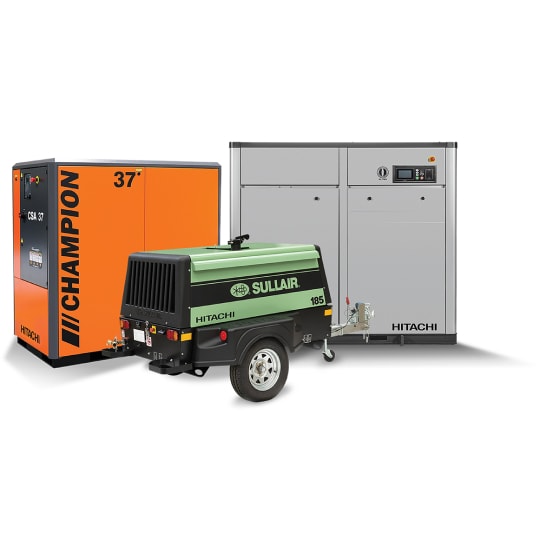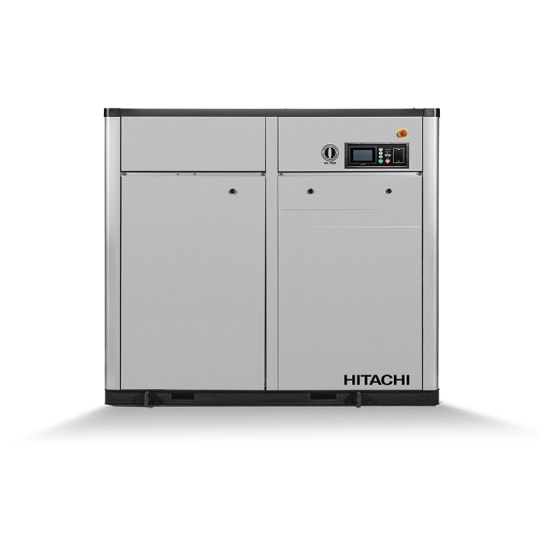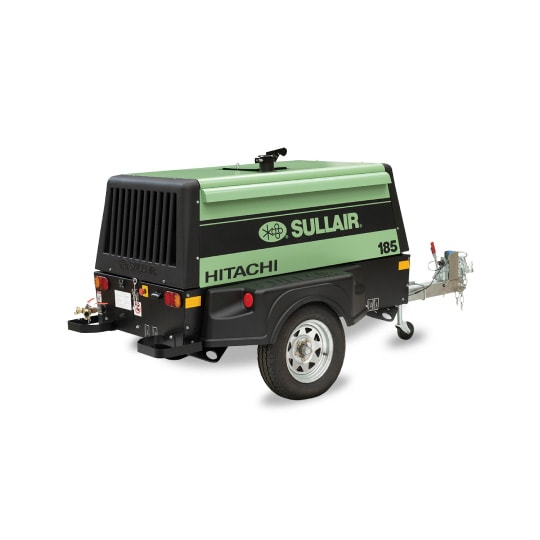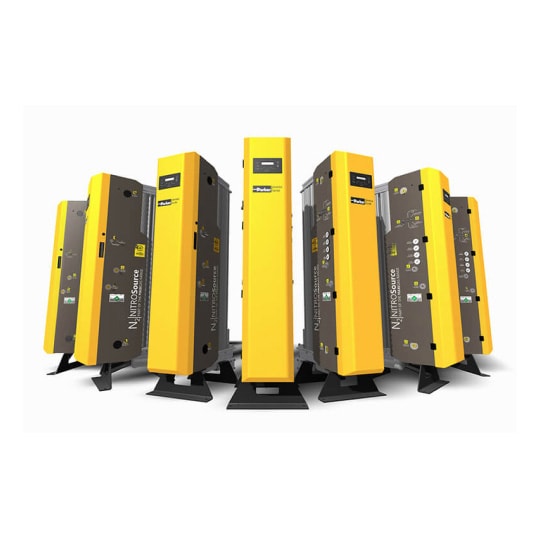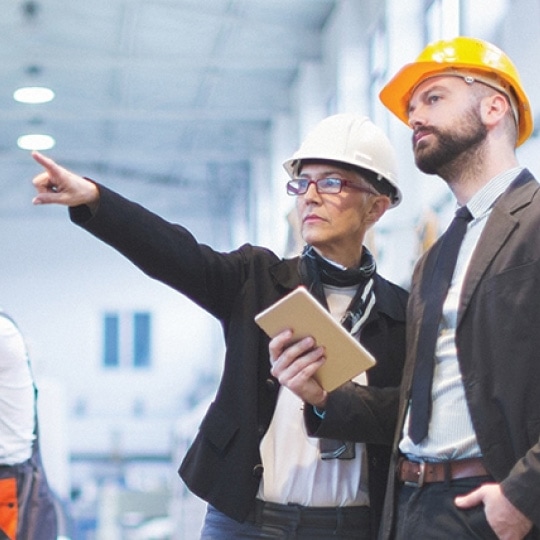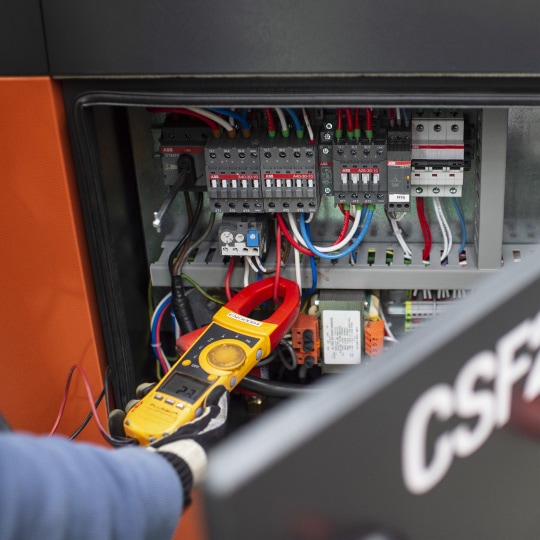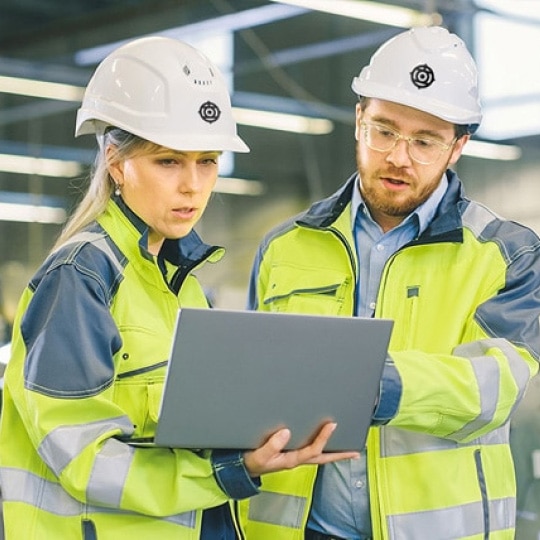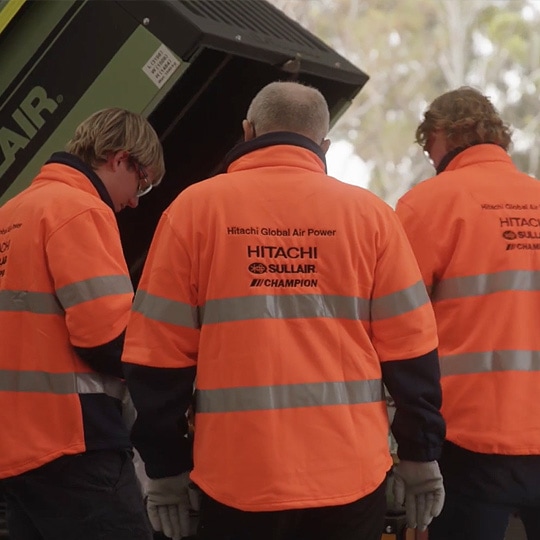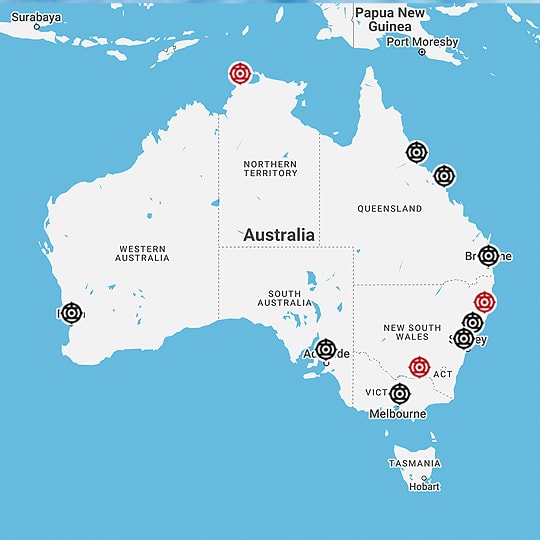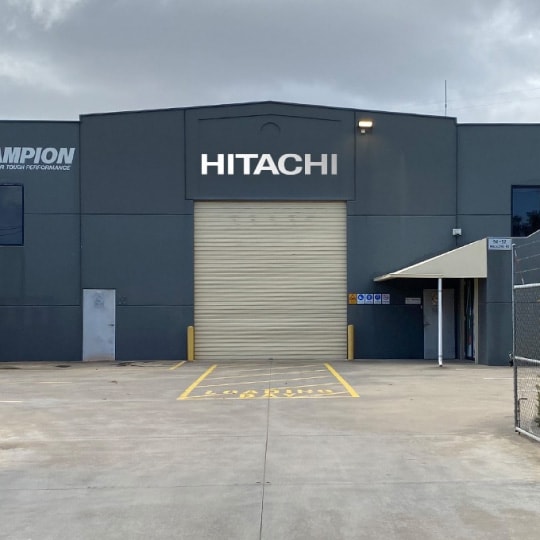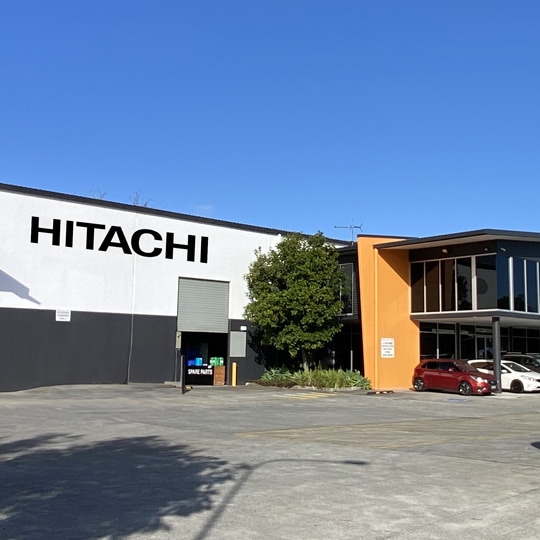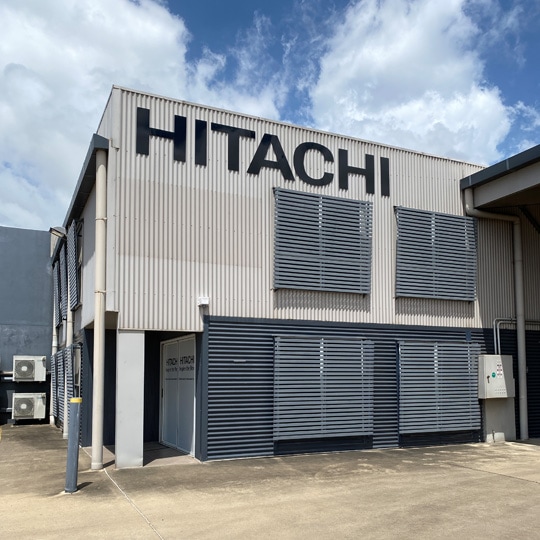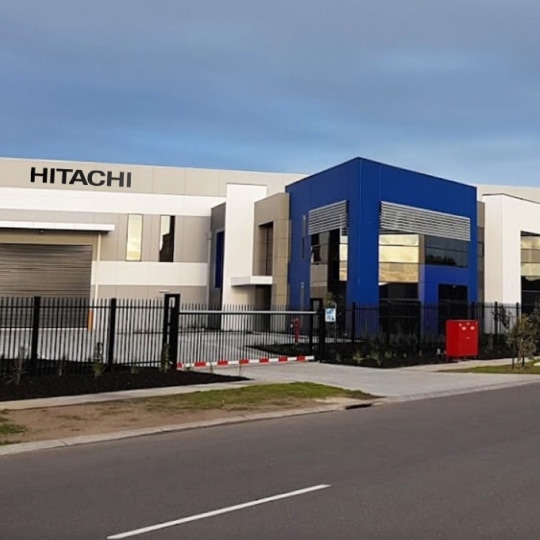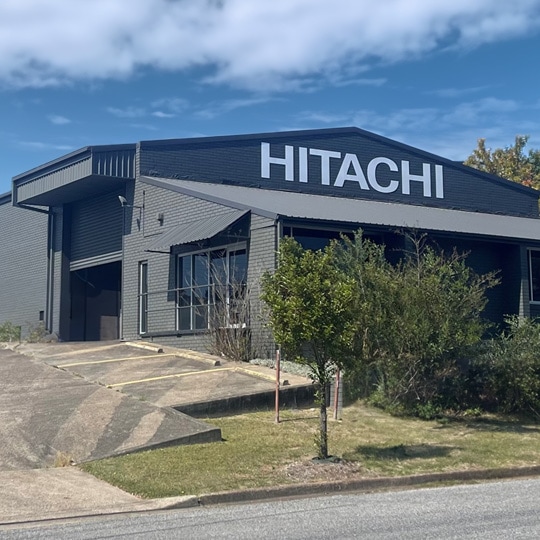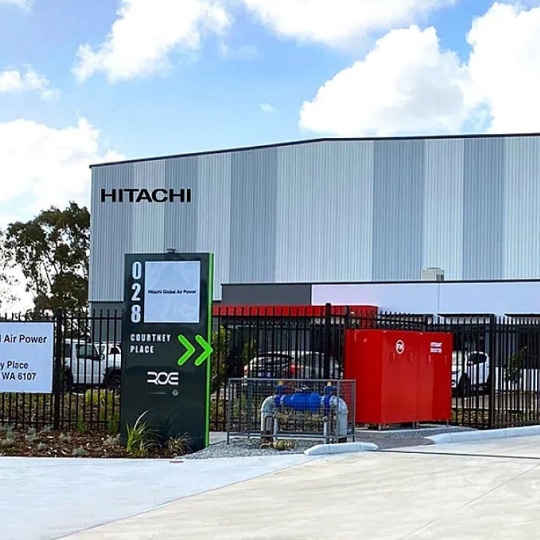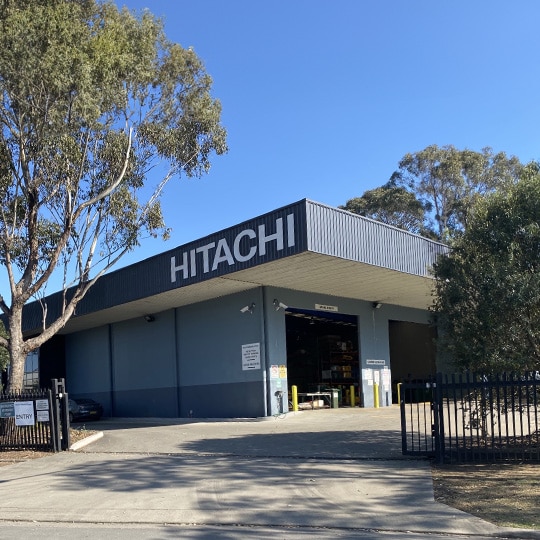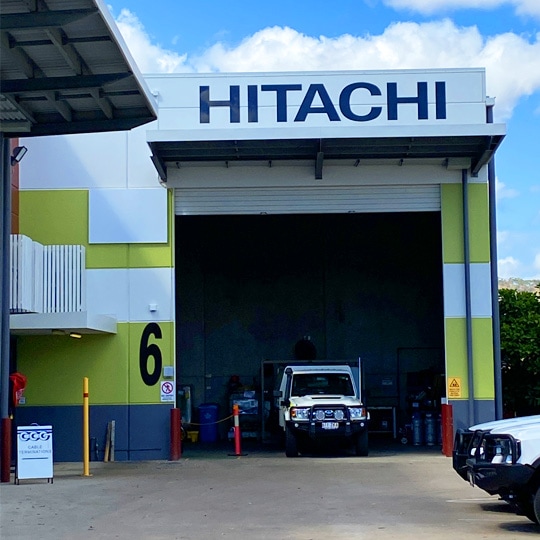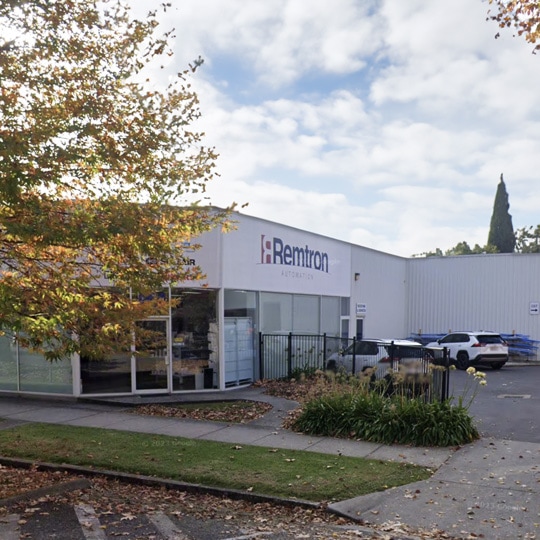
Hitachi, Sullair and the UN Sustainable Development Goals
In 2015, as part of its 2030 Agenda for Sustainable Development, the United Nations and all of its member states identified 17 Sustainable Development Goals (SDGs) that represent a shared aspiration for peace and prosperity. These goals encompass the most pressing issues facing people and the planet, including health, education, inequality, economic growth and of course climate change and the environment.
Companies across the globe – including Sullair Australia and our parent company Hitachi Global – are implementing these goals as part of their sustainability strategies. In a recent ‘Hitachi in Oceania’ social innovation publication, the following commentary on this was provided. “Hitachi’s mission to contribute to society through the development of superior, original technology and products shares the same ideology as the United Nations’ SDGs. We support the principles of the United Nations Global Compact and through our Social Innovation Businesses that combine information technology (IT), operational technology (OT) and products, we intend to continue contributing to the development of a sustainable society by actively engaging in SDGs.”
Hitachi has been developing its expertise around IoT and digital solutions provided through Lumada for some time, and Sullair’s customer base are ideally positioned to experience these elements of the parent company’s Social Innovation Business. Many products are already fitted with IoT components and new and improved digital solutions will continue to be implemented into Sullair’s product range moving forward. The SDGs are about more than just innovating from a product perspective however.
Obviously not every company can make a commitment to every goal, but the global effort is powered by companies who direct their efforts where their greatest responsibility lies.
Hitachi’s mission is to “contribute to the society through the development of superior, original technology and products” and the global company has identified 11 of the SDGs that align with that, extend more broadly to the bigger picture and can be rolled out across its network.
This means making an impact through corporate commitments to:
- Quality education (SDG 4)
- Gender equality (SDG 5)
- Decent work and economic growth (SDG 8)
- Responsible consumption and production (SDG 12)
- Climate action (SDG 13)
- Partnerships for the goals (SDG 17)
And making an impact through business strategy around:
- Good health and wellbeing (SDG 3)
- Clean water and sanitation (SDG 6)
- Affordable and clean energy (SDG 7)
- Industry, innovation, and infrastructure (SDG 9)
- Sustainable cities and communities (SDG 11)
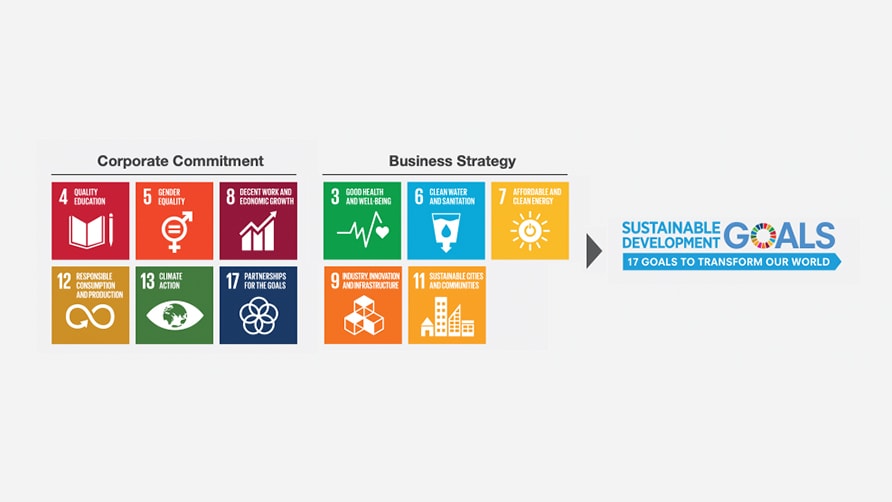
At Sullair, sustainability means leveraging technology and innovation to increase efficiency and productivity with less of an impact on our environment. Sullair’s product offerings are adapting in line with Hitachi’s nominated Sustainable Development Goals and the outcome will be equipment that is future-forward by design. The implementation of IoT enabled products, sensor technology, predictive maintenance technologies, and interconnected supply chains, as a few examples, will transform the business’ operations in the longer term.
However, the roll out of those solutions depends to some extent on logistics. For a company like Sullair that depends on high powered vehicles, that operate in challenging environments across a diverse country, the switch to a carbon neutral fleet for example, poses real challenges. The alignment of all the elements is outside of the company’s direct control – fit-for-purpose electric vehicles being available, with the necessary infrastructure (i.e., charging stations) in place when needed, and spread across the necessary locations to support Sullair’s Australia wide operations is the greatest challenge. The only way to approach it is to transition slowly as advancements are made and new solutions become available. In this example it means switching some of the fleet over to hybrid vehicles in the short term then waiting for the next best thing to come to market.
For now, Sullair Australia has a clear focus – shifting to carbon neutral offices and factories by 2023 (through conversion from electricity to solar and switching the current fleet to electric or alternative energy vehicles). Secondly, offsetting their current emissions and purchasing green power, and finally – reducing their current emissions and overall footprint.
For more on Hitachi’s Social Innovation Business and the SDGs download the brochure.
